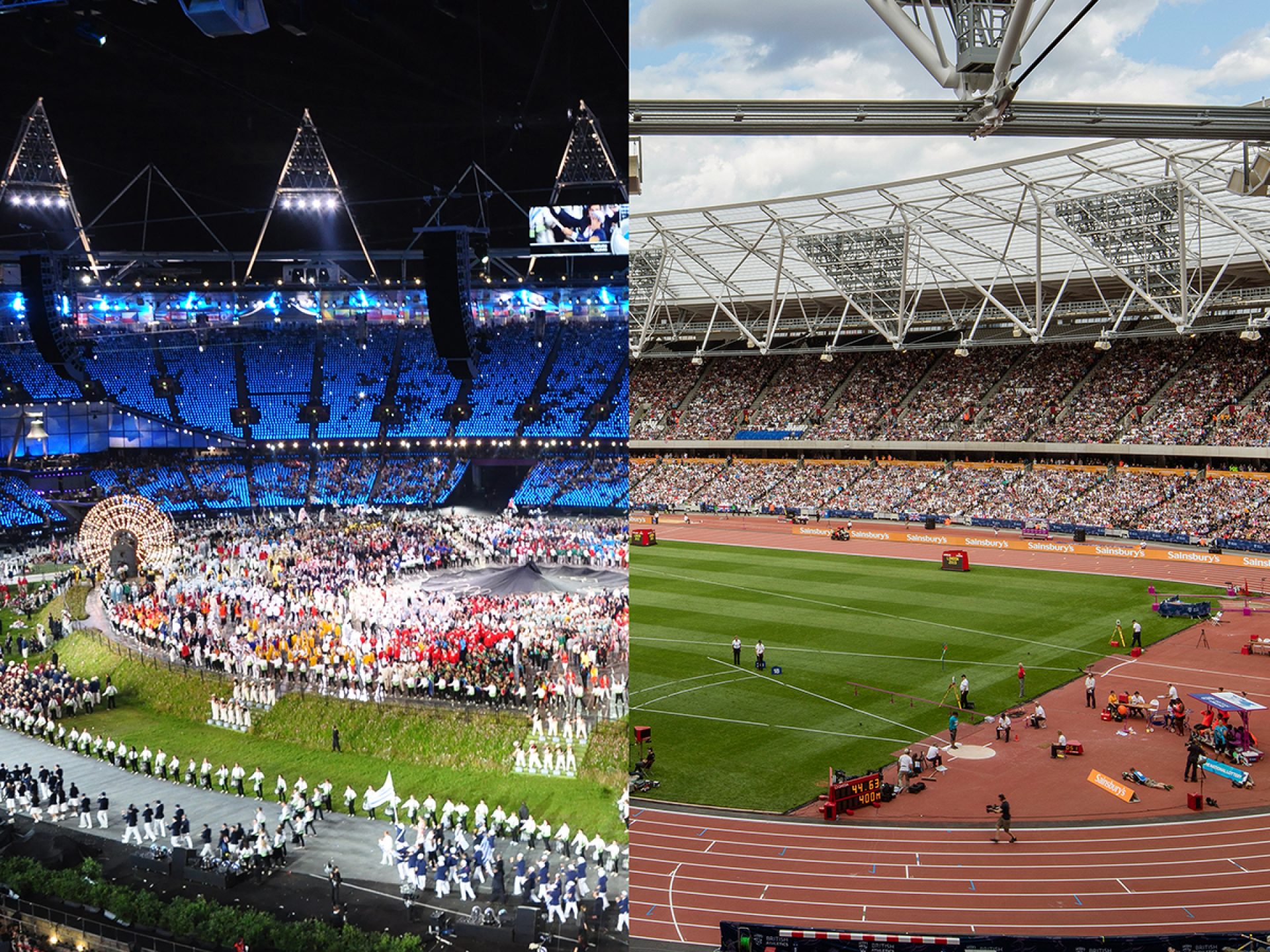February 12, 2018
E20 – Home of the Queen Elizabeth Olympic Park and Now ‘London’s Hippest Postcode’

Five years after the 2012 Games, and over 4 million visitors later, Senior Principal Tom Jones reflects on the legacy of Queen Elizabeth Olympic Park and its sporting venues.
As Olympic champion Sir Mo Farah returned to thrill a capacity crowd in the London Stadium at the IAAF World Championships London 2017, it’s clear the legacy of the London 2012 Games lives on.
So many of the masterplanning objectives that were promoted at the time of the London Olympic and Paralympic bid have been realised including the successful transformation of the stadium from a focused athletics venue to a multi-purpose arena – hosting the 2015 Rugby World Cup, the Invictus Games, major concerts and Premier League football, as well as remaining the world’s preeminent athletics venue for the IAAF World Championships.
Everyone agreed that legacy usage should drive the process of planning the venues at the Park from the beginning, and for Populous that meant working out which venues should be permanent and which should be temporary, based on an understanding of how they would continue to operate post-Games.
The Stadium, Aquatic Centre and Velodrome help to fix the corners of the park, with the International Broadcasting Centre and Main Press Centre (IBC/MPC) forming the final corner of the park (now successfully converted into TV studios, a college, and with other business tenants). Along with the multi-purpose Copper Box Arena, all of these legacy venues are now fully operational, with a complete programme of community-led and elite sporting events. The Velodrome hosted the UCI Track Cycling World Championships in 2016, while the temporary hockey venue was moved across the A12 to form the Lee Valley Hockey and Tennis Centre, hosting the Hockey World League semi-finals in 2017, and due to host the Women’s Hockey World Cup in 2018.
The arrangement of the loop road to service the back of house spaces of the venues has been seamlessly integrated with the wider road network, which has left clearly defined pedestrian routes running through the landscaped park and along the banks of the River Lea. The considered arrangement of bridges has also helped to link the sporting venues and park with the Westfield Shopping Centre, which has created a real synergy in activation of the park and surrounding area.
With new legacy opportunities come new identities within Britain’s capital; the postcode district ‘E20’ was specifically introduced by Royal Mail for the Olympic Park area. The spaces vacated by the temporary venues have provided multiple development sites that are now starting to take shape, providing additional residential units. In particular, the former Athletes Village has been reinvented as East Village and is the heart of a whole new development planned to be completed by the year 2020. This will include a new cultural quarter, called the Olympicopolis, featuring the Victoria & Albert Museum, Sadler’s Wells dance theatre, and a fashion college.
With the growth in fashion, arts and residential development that is going on in E20, and as the sell-out crowds from the athletics events once again spill out into Queen Elizabeth Olympic Park, it is wonderful to reflect that the largest new public space to be created in Europe for 150 years should have recently been described in Vogue magazine as “London’s hippest postcode.” Sports-led regeneration is once again leading the way, here in East London.
Lorem ipsum dolor sit amet consectetur, adipisicing elit. Non facere corporis et expedita sit nam amet aut necessitatibus at dolore enim quis impedit eius libero, harum tempore laboriosam dolor cumque.
Lorem, ipsum dolor sit amet consectetur adipisicing elit. Illo temporibus vero veritatis eveniet, placeat dolorem sunt at provident tenetur omnis, dicta exercitationem. Expedita quod aspernatur molestias eum? Totam, incidunt quos.